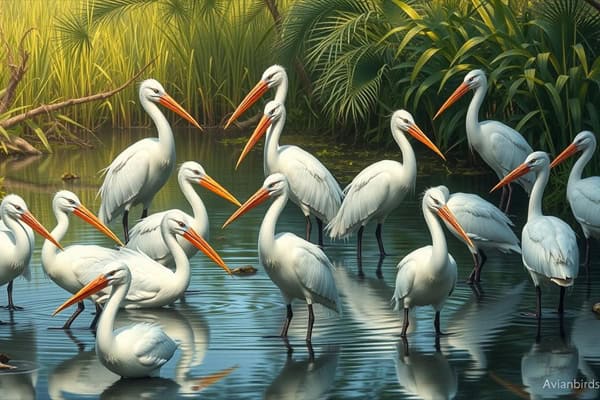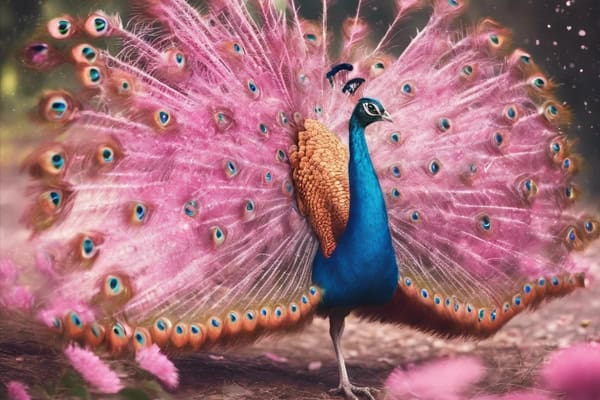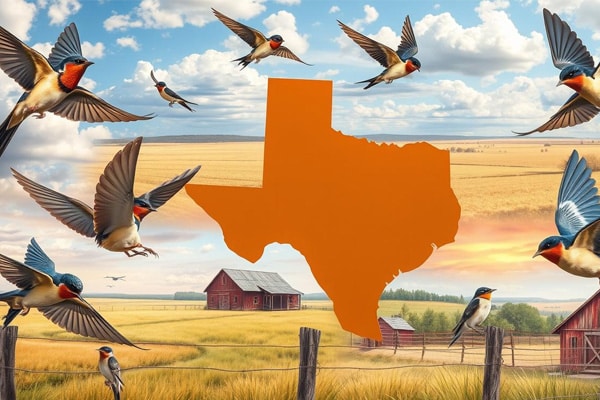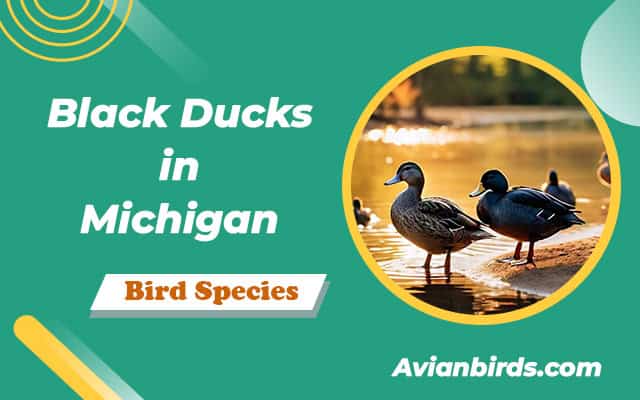9 White Birds with Long Beaks in Florida (ID Guide)
We’re going on an exciting journey to explore White Birds with Long Beaks in Florida. We’re spotlighting nine white birds with long beaks, each with its own unique traits. This guide is perfect for bird lovers and nature fans, featuring the Great Egret, American White Pelican, and more.
We’ll dive into their habitats, behaviors, and how to spot them. This will deepen your love for these beautiful birds and show why we need to protect their homes. Join us on an exciting trip through Florida’s wetlands and skies!
Why White Birds with Long Beaks Matter
White birds with long beaks are key to Florida’s ecosystems and culture. They keep the balance in nature and show off Florida’s unique spirit.
Importance in Ecosystems
White birds are vital in Florida’s ecosystems. They act as top predators and health indicators. By controlling fish and insects, they keep wetlands healthy.
Their presence shows how well our ecosystems are doing. It highlights their role in keeping nature diverse.
Cultural Significance in Florida
White birds also hold a special place in Florida’s culture. Their beauty inspires art and literature, making locals proud. Many work to save these birds and their homes.
This shows our commitment to conservation. It ensures future generations will value these birds as part of Florida’s identity.
Characteristics of White Birds with Long Beaks in Florida
White birds with long beaks have special traits that help them survive. By looking at their looks and actions, we see how these traits aid their survival and how they find food.
Physical Traits and Adaptations
White birds stand out with their long necks and slim bodies. These features make them agile in the water. They can move easily while hunting for food.
Their Long Beaks are perfect for reaching deep into mud and water. This lets them grab food that’s hard to get to. Their long legs also help them walk in shallow waters, giving them an edge when hunting.
Behavioral Traits
These white birds show interesting social and eating behaviors. They use different Wading Techniques to catch their prey. Sometimes, they stalk patiently or work together to get more food.
They often hunt in groups, which helps them find more food and build stronger social ties. Their nests are usually in big groups. This gives them safety and helps them talk to each other, which is good for their babies.
1. Great Egret
- Scientific Name: Ardea alba
- Size: 85–100 cm (33–39 in) in length
- Weight: 700–1,500 g (1.5–3.3 lb)
- Lifespan: 15–25 years on average
- Diet: Fish, amphibians, reptiles, and small mammals
The Great Egret stands out with its long neck and white feathers. It’s often seen moving gracefully in wetlands. This bird is key to Florida’s ecosystem. Knowing how to spot them and where they live helps us understand their lives.
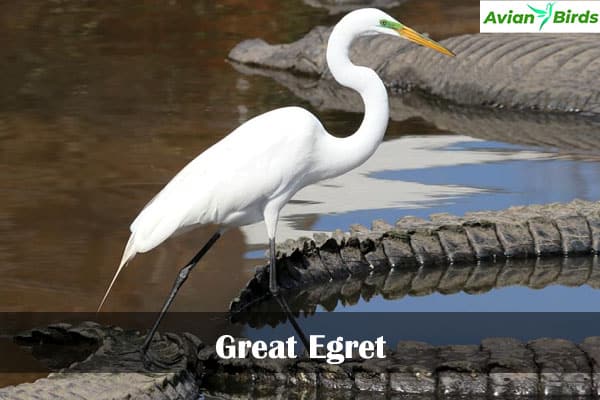
Identification and Habitat
Spotting a Great Egret white birds is easy with its long neck and sharp yellow beaks of Florida. They live in Florida’s wetlands like marshes and shallow lakes. These places offer them plenty of space to hunt and nest.
Feeding and Breeding Habits
Great Egrets are skilled hunters, catching fish, amphibians, and insects with their long necks. During the breeding season, they gather in big groups. They build nests in trees near water to keep their young safe.
| Feature | Description |
|---|---|
| Coloration | Bright white plumage |
| Beak | Long and sharp, typically yellow |
| Habitat | Wetlands, marshes, and shallow lakes |
| Diet | Fish, insects, and amphibians |
| Breeding | Nests in trees near water |
2. American White Pelican
- Scientific Name: Pelecanus erythrorhynchos
- Size: 140–180 cm (55–71 in) in length
- Weight: 4.5–8 kg (10–18 lb)
- Lifespan: 15–25 years on average
- Diet: Fish and aquatic invertebrates
The American White Pelican is a standout in Florida’s bird world. It’s known for its huge size and eye-catching look. With a wingspan of up to 9 feet, this bird grabs our attention. Let’s dive into its unique traits and how it hunts.

Distinct Features and Size
This bird has white feathers and a bright yellow bill, making it look regal. It’s easy to spot them flying over Florida’s freshwater lakes. They are among the biggest pelicans in North America, weighing 11 to 20 pounds. Seeing them in the wild lets us truly appreciate their beauty.
Feeding Techniques
Pelicans have special ways of hunting that set them apart. American White Pelicans hunt together, showing off their teamwork. They work in groups to herd fish into shallow water. Then, they use their big bills to scoop up the fish.
3. Snowy Egret
- Scientific Name: Egretta thula
- Size: 60–66 cm (24–26 in) in length
- Weight: 450–700 g (1–1.5 lb)
- Lifespan: 15 years on average
- Diet: Fish, crustaceans, and insects
The Snowy Egret is a bird that catches our eye with its beauty along Florida’s coasts. It has a slender build, black bill, and yellow feet that stand out. Watching them move in shallow waters, we see their unique charm as they look for food.

Learning to identify Snowy Egrets is easier once we know their unique traits. They are about 24 to 26 inches tall, with white feathers that make them look elegant. Their long legs and gentle movements help them hunt well.
Snowy Egrets live in coastal wetlands, marshes, and estuaries where they find plenty of food. They can live in many places, making them common in both nature and cities. Seeing them in their home shows us how they live together, often in pairs or small groups.
The way Snowy Egrets hunt is interesting. They can stay still for a long time, using their sharp eyes to find food. When they see prey, they move fast and show off their agility. This shows their skill and their important role in nature.
Exploring Other White Birds with Long Beaks in Florida
Florida’s wetlands and grasslands are home to many white birds. Each species has its own unique traits and behaviors. The Whooping Crane, Cattle Egret, and Wood Stork are just a few that make our state’s bird life so diverse.
4. Whooping Crane
- Scientific Name: Grus americana
- Size: 140–160 cm (55–63 in) in length
- Weight: 4.5–7.7 kg (10–17 lb)
- Lifespan: 20–30 years on average
- Diet: Aquatic invertebrates, plants, and small mammals
The Whooping Crane is a majestic bird with striking white feathers and long legs. Seeing one in Florida is a treat for bird lovers. This endangered species needs specific wetlands to survive, thanks to conservation efforts.

Watching these birds in the wild helps us learn about their struggle for survival.
5. Cattle Egret
- Scientific Name: Bubulcus ibis
- Size: 46–56 cm (18–22 in) in length
- Weight: 300–500 g (0.66–1.1 lb)
- Lifespan: 15 years on average
- Diet: Insects, small mammals, and amphibians
Cattle Egrets are interesting birds known for their unique behavior. They follow large animals like cattle to eat the insects these animals disturb. This shows how adaptable they are in Florida’s different habitats.

They feed on insects and small invertebrates, playing a key role in the ecosystem.
6. Wood Stork
- Scientific Name: Mycteria americana
- Size: 81–102 cm (32–40 in) in length
- Weight: 2.3–3.6 kg (5–8 lb)
- Lifespan: 11–17 years on average
- Diet: Fish, amphibians, and crustaceans
The Wood Stork has a bald head and a long, curved bill. It lives in wetlands and uses its sharp vision to find fish and other aquatic food. Their way of hunting is crucial for their survival.
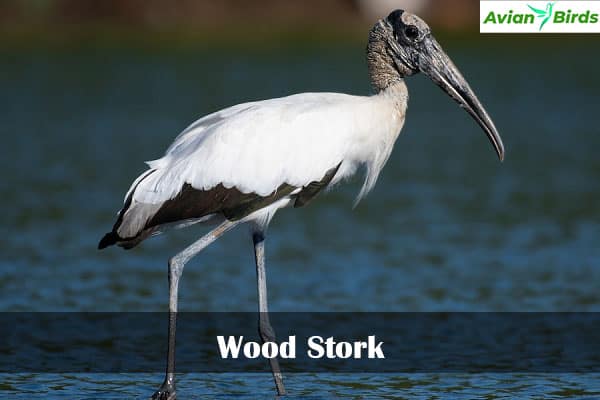
| Bird Species | Key Features | Feeding Habits | Habitat |
|---|---|---|---|
| Whooping Crane | Tall, elegant, and white | Primarily feeds on crustaceans and plants | Wetlands |
| Cattle Egret | Shorter stature, warm-colored breeding plumage | Insects disturbed by grazing mammals | Grasslands and farmlands |
| Wood Stork | Bald head, long curved bill | Fish and aquatic invertebrates | Wetlands and marshes |
| Species | Habitat | Feeding Method | Significance |
|---|---|---|---|
| Great Egret | Wetlands, marshes | Stalking and striking | Indicator of ecosystem health |
| American White Pelican | Lakes, coastal regions | Cooperative fishing | Seed dispersal agent |
| Snowy Egret | Coastal areas, estuaries | Foraging in shallow waters | Pest control, ecological balance |
Conservation Efforts for Florida’s White Birds
Protecting Florida’s white birds is a big task. We face many challenges and need community help. Our efforts are key to saving these beautiful birds and their homes.
Threats to Their Habitats
Florida’s white birds face big threats to their homes. These threats include:
- Habitat loss from cities growing and land changing.
- Pollution from farms and factories.
- Climate change affects where they find food and nest.
We must tackle these problems to help these birds survive. They show us how healthy our environment is.
Community Involvement and Awareness
Getting the community involved is vital for saving birds. We work together on:
- Habitat restoration to make ecosystems better.
- Birdwatching activities to spread the word about Florida’s birds.
- Educational programs to teach people why these birds matter.
By working together, we can make a safe home for Florida’s white birds. This helps our ecosystems and teaches us to care for nature.
| Threats | Description |
|---|---|
| Habitat Loss | Urban development and land conversion lead to reduced nesting and feeding sites. |
| Pollution | Agricultural runoff and industrial waste contaminate vital ecosystems. |
| Climate Change | Shifts in weather patterns disrupt breeding cycles and food availability. |
These actions show our duty to protect these amazing birds. They help keep Florida’s nature special.
How to Spot These Birds in Florida
Finding white birds with long beaks in Florida is thrilling. Knowing the Best Birdwatching Locations and Florida Bird Habitats helps us enjoy birdwatching more. Let’s look at where to go, the best times, and how to spot these beautiful birds.
Best Locations and Habitats
To see these amazing birds, we should visit top sites across the state. Key places include:
- The Everglades National Park
- Coastal marshes along the Gulf of Mexico
- Freshwater lakes such as Lake Okeechobee
- Wetlands like the Big Cypress National Preserve
These places offer rich ecosystems where white birds live. Every trip gives us a chance to see their natural behaviors.
Timing and Techniques for Birdwatching
When we go birdwatching, timing is key. Early mornings and late afternoons are best, as many birds are active then. Using good techniques makes our experience better:
- Practice patience; staying still helps.
- Use binoculars for a closer look without scaring them.
- Keep quiet and move less to avoid scaring them away.
- Consider using a field guide to identify birds.
By visiting the right places at the right times and using these tips, we can enjoy watching these majestic birds in Florida.
Check Our Previous Articles:
| Small Birds with Long Tails |
| Blue Bird With A Red or Orange Chest |
| White Birds in Hawaii |
| Doves in Illinois |
| Black Birds In Florida |
Conclusion
As we finish our look at Florida’s white birds with long beaks, we see their key role in keeping our ecosystems balanced. From the Great Egret to the American White Pelican, each bird plays a special part in Florida’s nature. They help keep their populations healthy and support the overall health of our lands.
Enjoying and understanding these birds is a shared duty. We must work together to protect their homes from danger. This way, future generations can also see their beauty.
Let’s connect more with Florida’s white birds and support efforts to protect them. By raising awareness and taking action, we can save the amazing variety of life in our state. Florida’s bird legacy is up to us, and we can make a big difference now.

